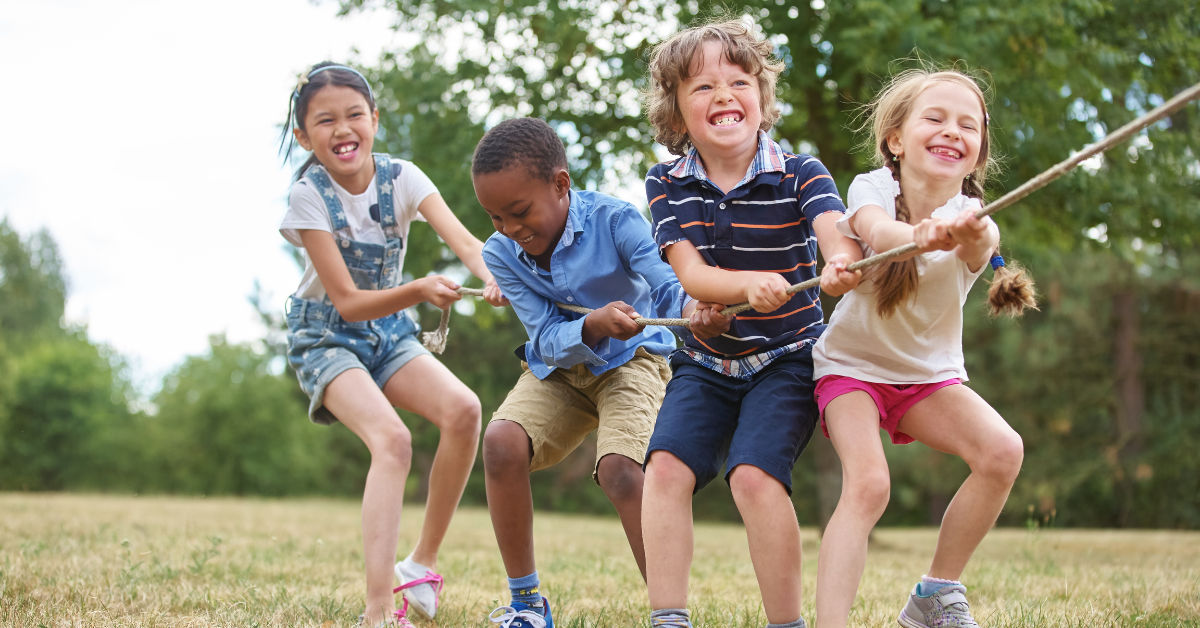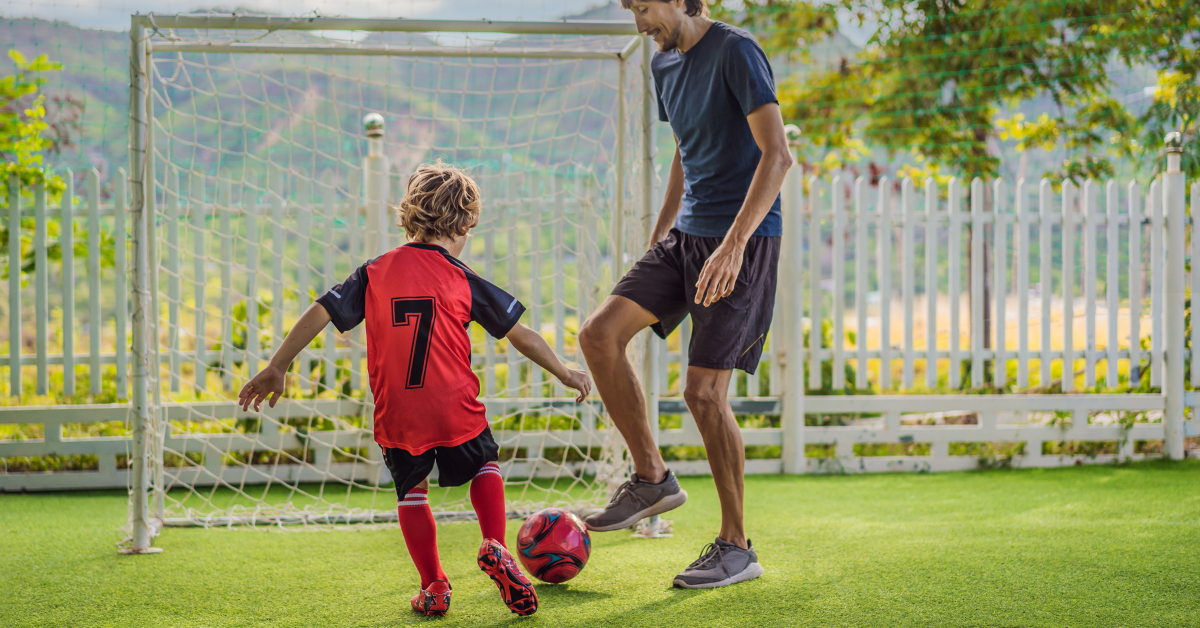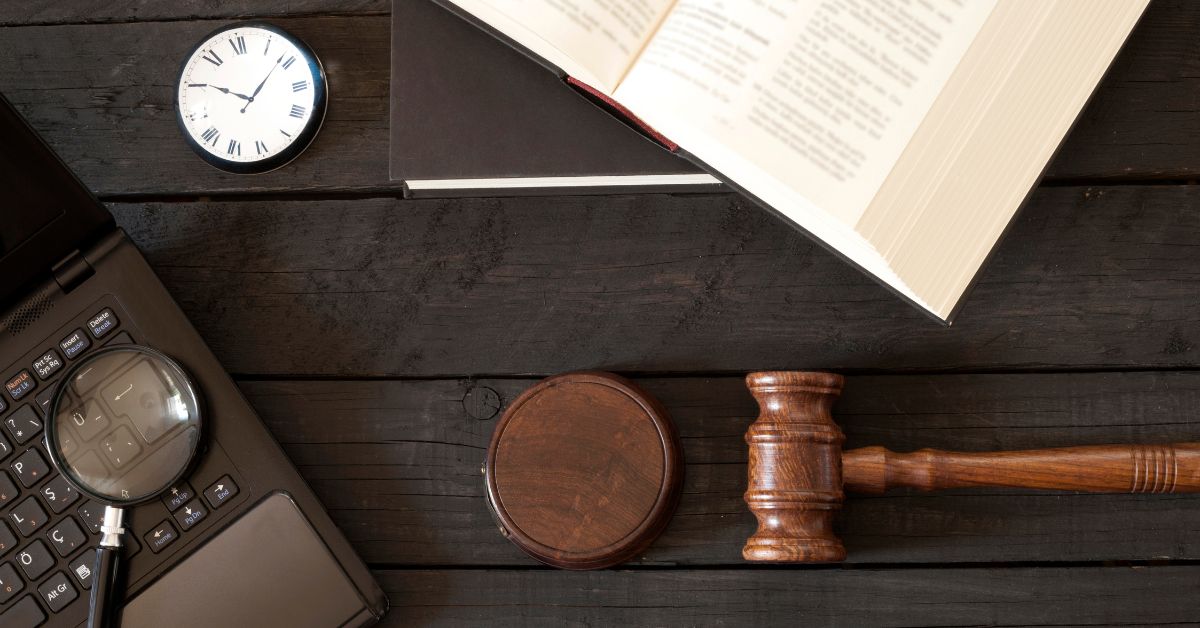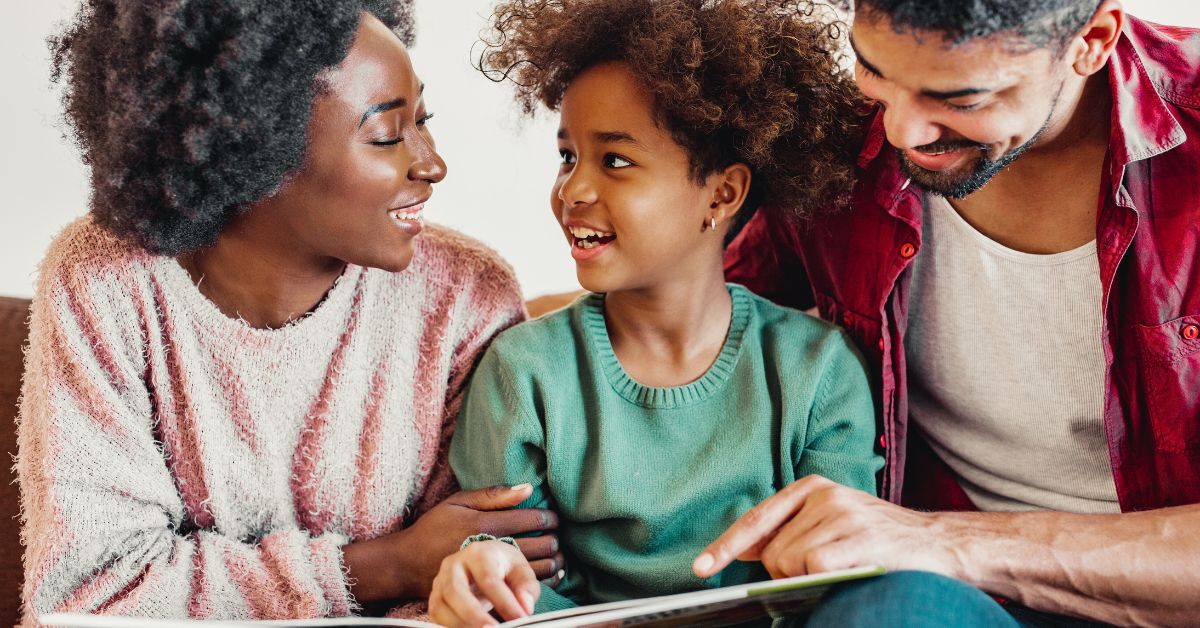When you’re homeschooling, it can be easy to focus on academics and skip over physical education. After all, you’re not running a traditional school with scheduled gym classes. However, incorporating physical education into your homeschooling routine can be a game-changer for your child’s physical health, mental well-being, and overall development. The benefits of homeschool physical education go far beyond just burning energy or staying fit—they play an essential role in shaping a well-rounded student.
Below, we’ll explore why physical education is critical for homeschoolers, suggest PE activities that work well in a home setting, and show how fitness integrates seamlessly into homeschooling.
The Importance Of Fitness In Homeschooling
Fitness is about much more than running laps or achieving a high score in a fitness test. It’s a foundation for a healthy lifestyle that benefits your child in countless ways—physically, mentally, and emotionally. Homeschoolers, like all other children, need regular physical activity to thrive.
Unlike traditional schools where kids may have scheduled gym classes, recess, or sports teams, homeschool families must intentionally schedule physical education to reap similar benefits. Regular fitness activities offer the following advantages for homeschoolers:
- Improved Physical Health
Physical activity promotes strong bones and muscles, improves cardiovascular health, and helps maintain a healthy weight. For children who spend much of their day seated during lessons, structured physical education provides a chance to stretch, strengthen, and stay active. - Better Mental Health
Exercise releases endorphins in the brain, which help reduce stress, combat anxiety, and improve mood. Homeschoolers, especially teens, also benefit from the mental clarity and focus that comes after a good workout. - Enhanced Academic Focus
Physical education isn’t just about physical fitness; it helps the brain function better. Research has shown that kids who get daily physical activity perform better academically because physical movement increases blood flow to the brain and improves concentration. - Social Benefits
Homeschoolers can sometimes feel isolated. However, participating in homeschool-specific PE groups, extracurricular sports, or community activities builds teamwork skills, promotes friendships, and teaches cooperation. - Development of Lifelong Habits
Teaching regular exercise as part of a homeschooling routine helps children establish healthy habits they can carry into adulthood. Kids learn that fitness is just as important as math, reading, or science—and a critical part of a balanced lifestyle.
By prioritizing physical education, you’re providing a holistic learning experience that nurtures both body and mind.

Practical PE Activities For Homeschoolers
One of the best aspects of homeschooling is the flexibility to incorporate personalized activities. Physical education is no different. Below are creative, practical, and fun activities that are perfect for homeschooling families.
At-Home Workouts
Even without a gym or dedicated sports equipment, you can create a fun and engaging workout session right at home.
- Bodyweight Exercises
-
- Push-ups, sit-ups, planks, and squats require no equipment and strengthen core muscles.
- Cardio Workouts
-
- Have your child jog around the yard, jump rope, or follow along with kid-friendly YouTube dance or exercise videos.
- Yoga for Kids
-
- Yoga improves flexibility, strength, and focus. Look for programs designed specifically for children.
Outdoor Adventures
The great outdoors provides endless opportunities to stay active.
- Bike Riding
-
- Biking is excellent for building endurance and leg strength.
- Nature Walks or Hikes
-
- Explore local trails, nature reserves, or parks. Turn hikes into educational experiences by identifying plants, animals, or ecosystems.
- Obstacle Courses
-
- Set up a DIY obstacle course in the backyard with pool noodles, cones, hula hoops, and other household items.
Sports and Games
Introduce your child to activities that improve coordination, teamwork, and confidence through sports.
- Traditional Sports
-
- Soccer, basketball, tennis, or volleyball can be played with just one or a few other participants.
- Non-Competitive Games
-
- Games like freeze tag, flag football, or dodgeball provide all the exercise without the pressure of competition.
- Family Challenges
-
- Hold family fitness challenges with rewards for participation, from running races to doing the most jumping jacks.
Group and Community Activities
Connect with other homeschool families in your area for group games, classes, or events.
- Community PE Groups
-
- Many cities offer PE programs tailored to homeschooling families, including swimming classes, martial arts, and dance lessons.
- Sports Leagues
-
- Enroll your homeschooler in local sports leagues for basketball, soccer, or baseball.
- Nature Camps or Outdoor Scouting
-
- Such programs combine team skills with physical activity in unique settings.
By varying activities, you’ll keep your child engaged and excited about staying fit.
Making Fitness Part Of Homeschool Routines
Physical education becomes much more meaningful when it’s naturally woven into your homeschooling schedule. Developing a regular routine can help ensure that fitness remains a priority without overwhelming the day.
Here are some practical strategies to make exercise part of your week without feeling like an added chore:
- Scheduled PE Time
Dedicate a specific time each day or week for physical activities. For example, after morning lessons, take a 30-minute break for outdoor play or yoga. - Use Online Tools
Platforms like GoNoodle or fitness apps tailored to children can provide structure and guidance for families unsure where to start. - Mix Movement with Lessons
Incorporate movement into your teaching. For instance, you could create math scavenger hunts outside or teach geography with map-based games in the yard. - Join Fitness Classes
If you’re looking for structure and professional guidance, sign up for paid or free classes available locally or online.
A balanced schedule that incorporates exercise will keep your homeschooler energetic and focused throughout the day.
Overcoming Challenges In Homeschool PE
Homeschool physical education benefits are clear, but incorporating them into your routine may come with its challenges. Many parents worry about a lack of space, resources, or direction when it comes to PE. Fortunately, these obstacles have simple solutions. Firstly, space does not need to be an issue. Bodyweight exercises can be done in a small living room, and many cardio exercises like jumping jacks or running in place require no outdoor area. When possible, walks, hikes, or trips to local parks make excellent substitutes for a backyard.
Secondly, you don’t need fancy equipment to make PE engaging. Common household items like kitchen timers, chairs, brooms, and balloons can become valuable workout gear. For example, you can set up relay races inside using pillows as cones, or play balloon volleyball to improve hand-eye coordination. Lastly, for parents feeling unsure about creating a fitness curriculum, there are plenty of online resources, books, and videos designed for homeschoolers. By partnering with local groups or co-ops, you can also tap into organized programs that offer structure and guidance.
With creativity and persistence, every homeschool family can experience the many benefits of fun, effective physical education.
Why Every Homeschool Family Should Prioritize PE
The benefits of homeschooling go beyond academics. Homeschool physical education offers the opportunity to shape children in ways that a textbook or online course never could. It fosters healthier kids, builds resilience, and teaches self-discipline alongside social and teamwork skills.
By integrating PE into your homeschool curriculum, you’re providing a unique and essential component to your child’s education. The habit of regular physical activity you establish now will empower your learners to lead healthier, more balanced lives long after they’ve completed their homeschool studies.





